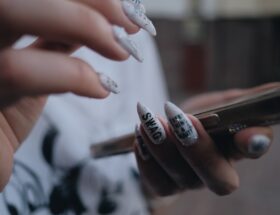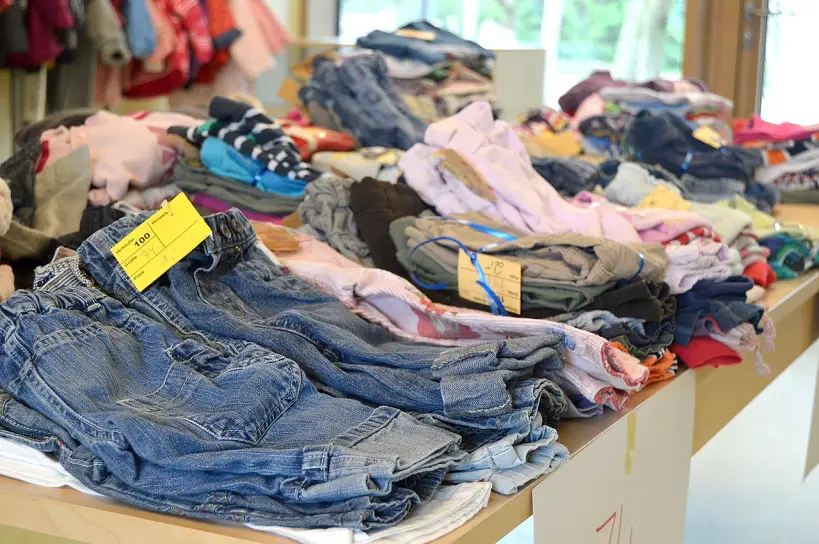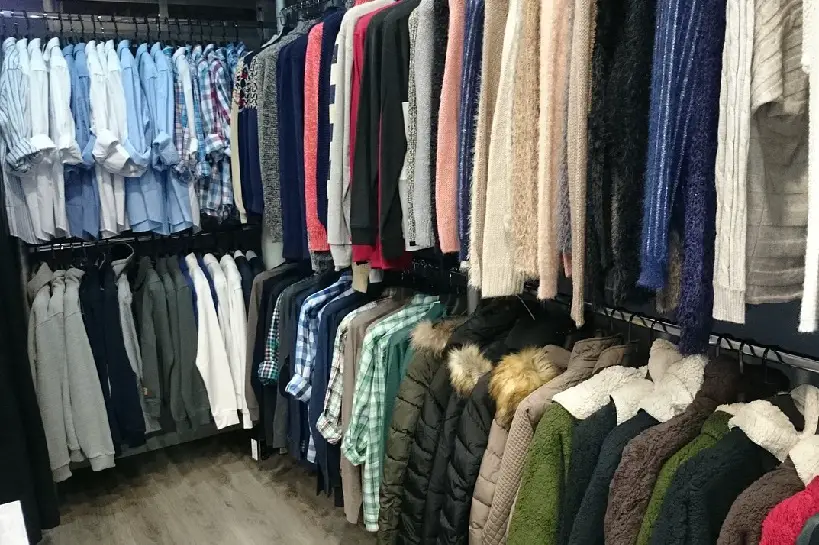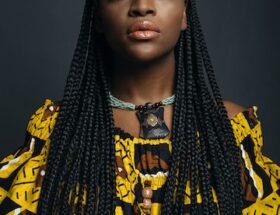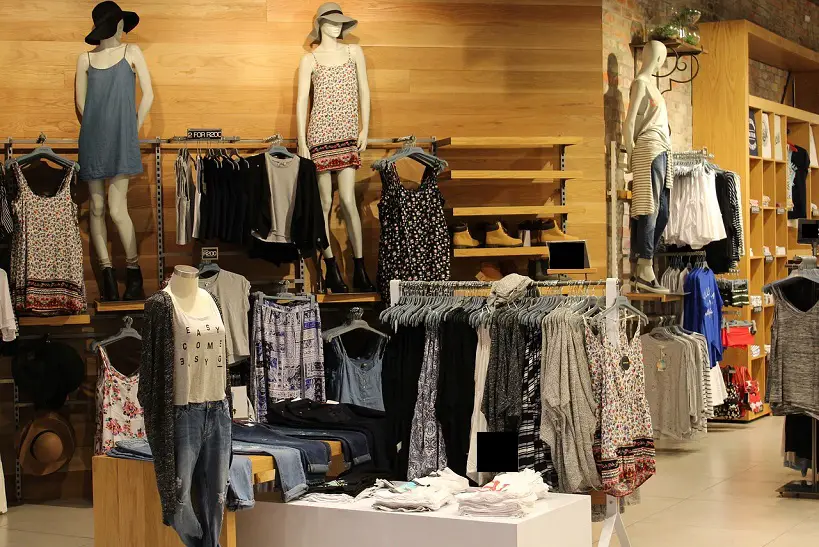This trend draws inspiration from historical visions of what the future might look like, blending nostalgic elements with innovative styles to create a unique sartorial experience. This article explores how retro-futurism has influenced fashion, highlighting the elements and notable trends.
Defining Retro-Futurism in Fashion
This style often incorporates futuristic fabrics, bold silhouettes, and imaginative accessories, merging old-fashioned glamour with cutting-edge innovation. The result is a visually striking and eclectic aesthetic that celebrates nostalgia and forward-thinking creativity.
Retro-futurism emerged in the late 20th century, though its roots can be traced back to earlier periods. The term gained traction in the 1980s and 1990s, but its essence lies in how previous generations imagined their future. This vision was often influenced by the technological advancements and cultural values of their time.
In the early 20th century, for example, the 1920s and 1930s saw a surge in optimistic depictions of the future. With the rise of industrialization and scientific progress, artists and writers envisioned a world filled with flying cars, futuristic cities, and advanced robotics. These imaginings were captured in various media, from art deco architecture to science fiction literature.
Key Characteristics of Retro-Futuristic Fashion
Retro-futurism has significantly influenced contemporary fashion, encouraging designers to experiment with innovative materials, bold designs, and imaginative concepts.
Moreover, retro-futurism allows us to reflect on how our perceptions of the future have evolved. Key characteristics include the following:
Futuristic Fabrics and Materials
Retro-futuristic fashion often features innovative fabrics such as metallics, holographic materials, and synthetic fibers. These materials evoke a sense of advanced technology and space-age glamour, reflecting past visions of the future.
Bold Silhouettes and Shapes
Designers frequently use exaggerated shapes and silhouettes reminiscent of mid-20th-century futurism. Think of space-age-inspired designs with sleek lines, geometric patterns, and voluminous structures that hint at a utopian future.
Color and Print
Retro-futuristic fashion often incorporates vibrant colors and bold prints. Neon hues, metallics, and graphic patterns capture the optimism and excitement associated with future visions from the past.
Accessories and Details
Accessories such as oversized sunglasses, futuristic footwear, and high-tech jewelry are key elements of retro-futuristic fashion. These accessories often feature unconventional designs and materials, enhancing the futuristic aesthetic.
Notable Retro-Futuristic Trends
Space Age Fashion: Inspired by the early space race and the vision of a future dominated by space exploration, space age fashion features metallic fabrics, geometric patterns, and sleek silhouettes. This trend captures the excitement of the 1960s and 1970s, translating it into contemporary styles.
Cyberpunk Aesthetics: Cyberpunk fashion draws on retro-futuristic themes with a gritty, dystopian twist. It combines elements like neon colors, high-tech accessories, and layered clothing to create a look that reflects a futuristic, technologically advanced world.
Vintage Futurism: Vintage futurism revisits the fashion of the mid-20th century with a modern twist. This trend reimagines classic retro styles with updated fabrics, cuts, and details, merging nostalgia with contemporary fashion sensibilities.
Conclusion
Retro-futurism in fashion is a captivating blend of past and future, offering a unique and imaginative approach to style. By merging historical aesthetics with futuristic innovation, this trend creates a visually stunning and thought-provoking fashion experience. Whether through bold silhouettes, futuristic fabrics, or iconic designers, retro-futurism continues to shape and inspire fashion designers.




